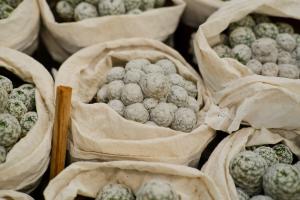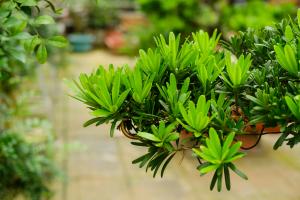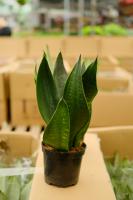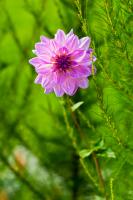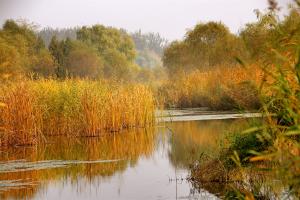How Long Do You Keep a Newly Planted Tree Staked?
Planting a tree is a wonderful addition to any landscape or garden. However, one of the most important aspects of tree care is the proper staking and support of the young tree until it establishes its root system. Trees need time to become self-supporting, but how long is too long? In this article, we will explore how long to keep a newly planted tree staked and provide tips for successful tree support.
The Importance of Proper Tree Support
Staking a tree correctly is essential in the early stages of growth to protect against strong winds, heavy rain, or accidental damage. Without proper support, the wind can easily bend and twist a young tree, causing damage to the roots and trunk.
On the other hand, staking a tree for too long can have negative effects. When a tree is staked for an extended period, it may be deprived of the benefits of wind movement, essential for strengthening its roots and anchoring itself in the soil. In addition, prolonged staking can lead to physical damage to the bark and branches due to rubbing against the stakes.
How Long to Stake a Newly Planted Tree
The length of time a young tree should stay staked depends on several factors, including its size, species, location, and soil type. A general rule of thumb is to keep the tree staked for at least one growing season, but no more than two. During this time, the roots should be establishing themselves into the soil and should become stable enough to support the tree on its own.
If the tree is small and has a shallow root system, it may require more time before it becomes self-supporting. In contrast, a well-established tree may need little or no staking at all.
Staking Tips for Success
When staking a newly planted tree, here are some tips to ensure success:
Use tree ties or rubber hose to attach the stake to the trunk. Avoid using wire or materials that may damage the bark.
Angle the stakes away from the tree, so they do not rub against the bark or branches.
Do not over-tighten the ties or hoses. Allow some movement for the tree to sway and strengthen its roots.
Check the ties regularly and adjust them as necessary to avoid constriction.
Remove the stakes at the appropriate time, and check the tree for any damage or disease.
Conclusion
In conclusion, when determining how long to keep a newly planted tree staked, it is essential to consider the species, size, location, and soil type. Remember to provide proper support during the early stages of growth, but be careful not to keep the tree staked for too long. By following the tips for successful staking, your newly planted tree will thrive and become a beautiful addition to your garden or landscape.

 how many times do yo...
how many times do yo... how many planted tre...
how many planted tre... how many pine trees ...
how many pine trees ... how many pecan trees...
how many pecan trees... how many plants comp...
how many plants comp... how many plants can ...
how many plants can ... how many plants and ...
how many plants and ... how many pepper plan...
how many pepper plan...
